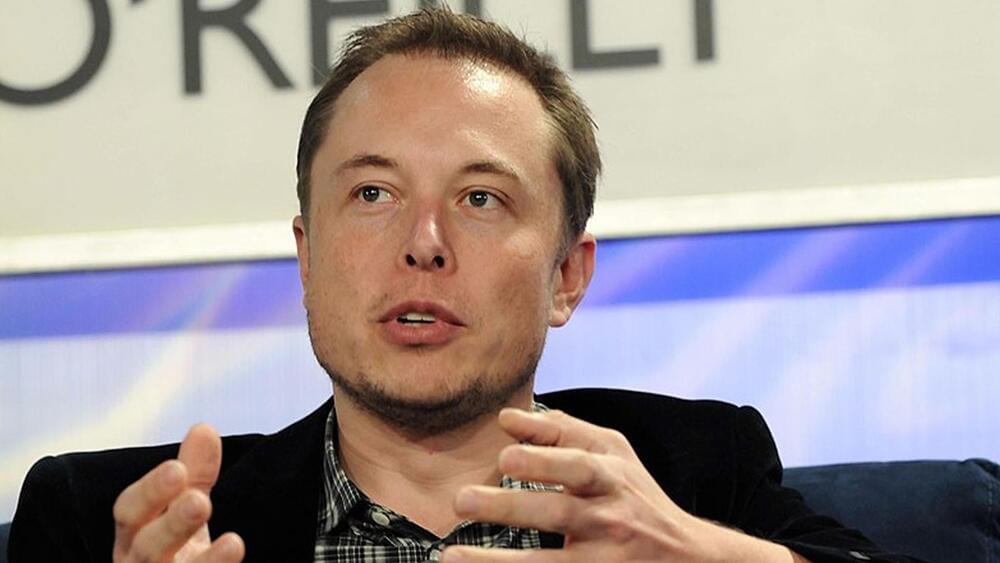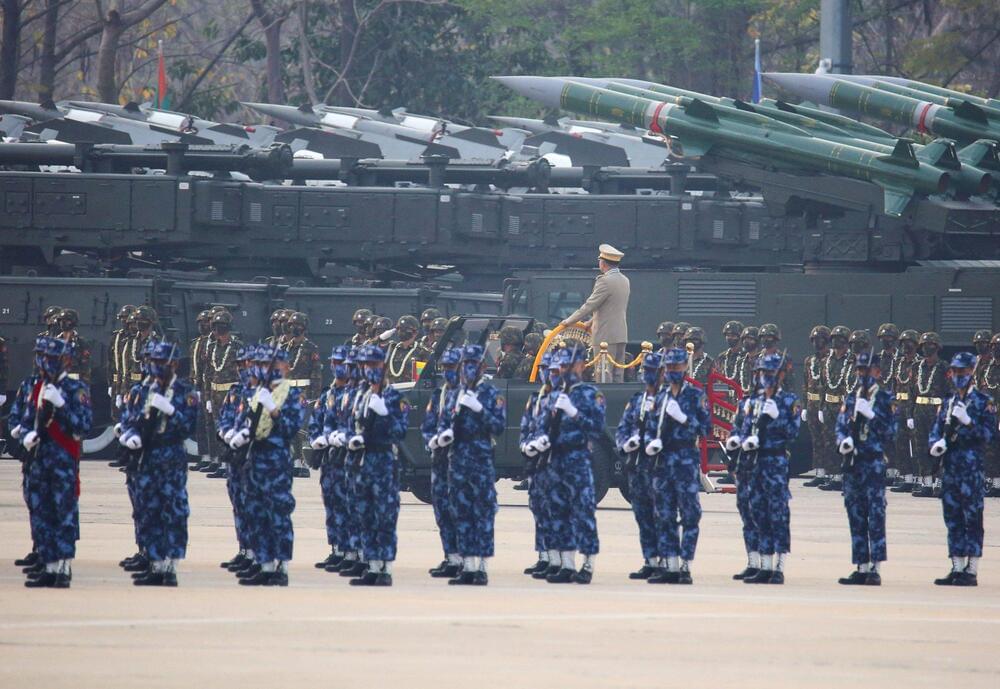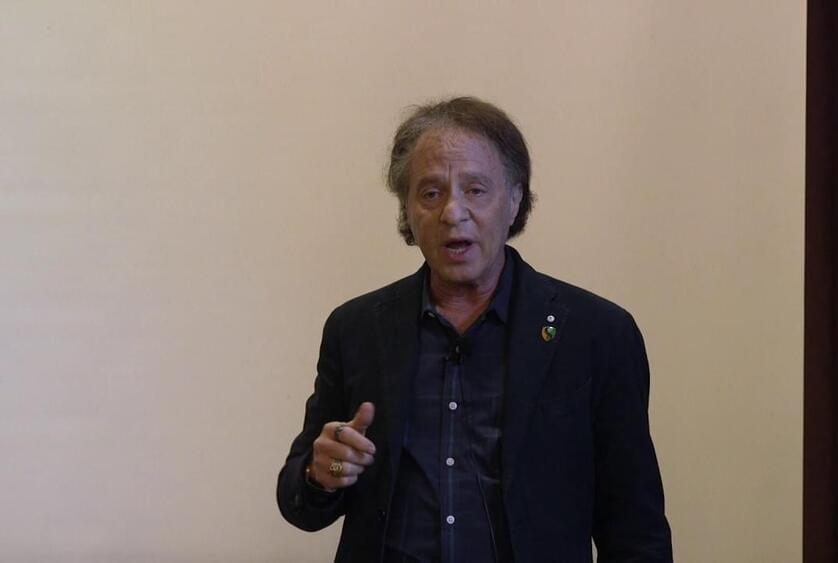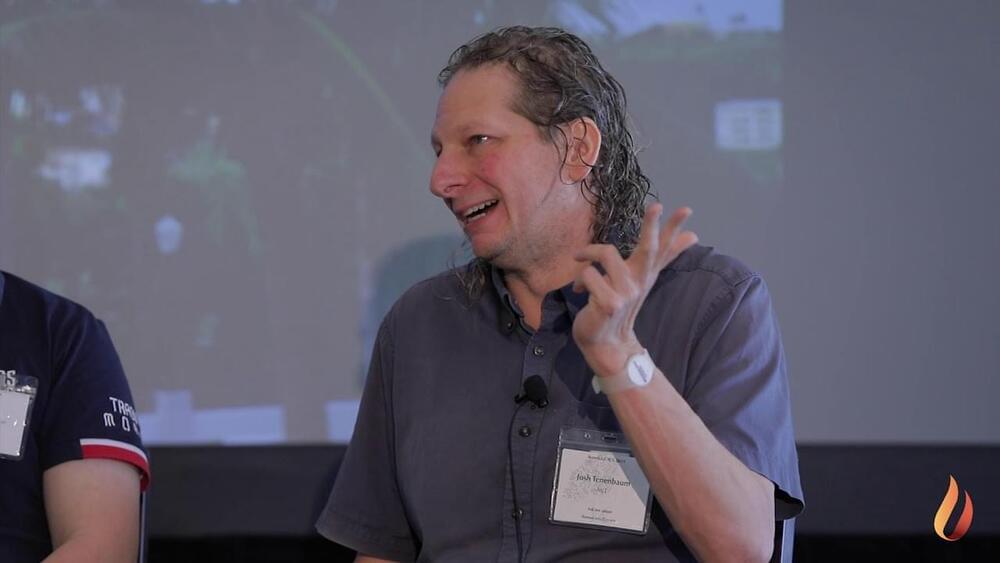Oct 5, 2022
Musk u-turns again to buy Twitter at his original offer. But why?
Posted by Gemechu Taye in categories: business, Elon Musk, law
It looks like Musk’s buy-out will lead to the creation of his own app named X.
According to a report from Bloomberg News, Elon Musk has informed Twitter that he is once more prepared to purchase the business at his original offer of $54.20 a share. This news is also supported by an official U.S. Securities and Exchange Commission (SEC) filing from the 3rd of October 2022.
“Elon Musk is proposing to buy Twitter Inc. for the original offer price of $54.20 a share… Musk made the proposal in a letter to Twitter, according to people familiar with the matter, who asked not to be identified discussing confidential information,” states the Bloomberg report.
Continue reading “Musk u-turns again to buy Twitter at his original offer. But why?” »


















